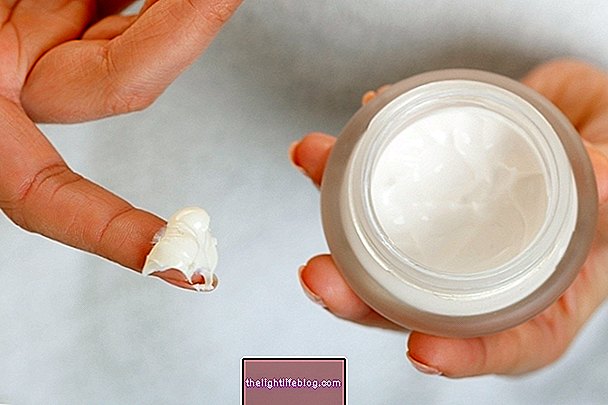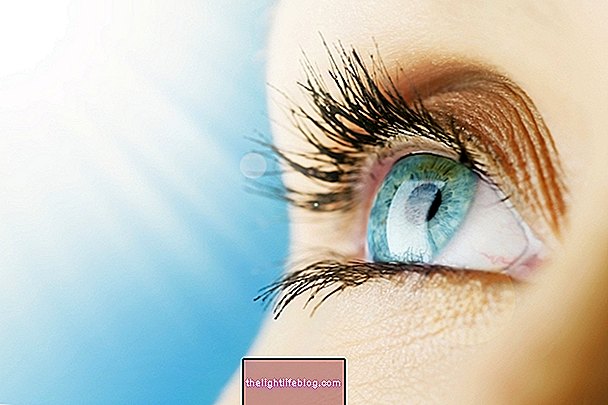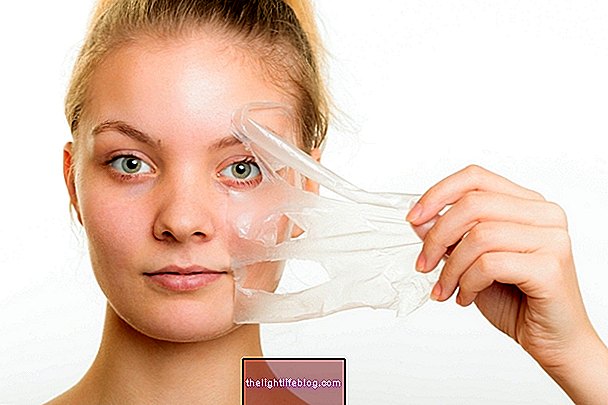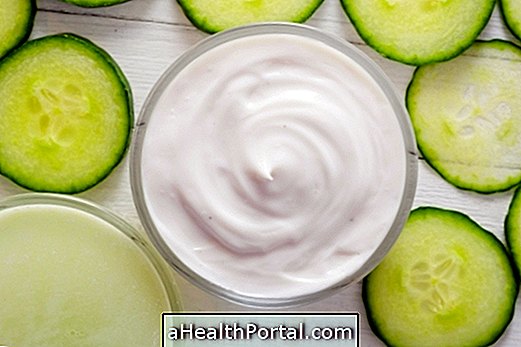Glycolic acid is a type of acid derived from sugar cane and other sweet, colorless and odorless vegetables, whose properties have an exfoliating, moisturizing, whitening, anti-acne and rejuvenating effect, and can be used in the composition of creams and lotions, for use daily, or you may have a stronger concentration for performing peels.
The products can be manipulated from a prescription or can be sold in stores and pharmacies, and several brands may contain this acid are Hinode, Whiteskin, Demelan Whitening cream, Derm AHA or Normaderm, for example, with prices that vary according to with the brand and the quantity of the product, which can vary between about 25 to 200 reais.

Before and after treatment with glycolic acid
What is it for
Some of the main effects of glycolic acid are:
- Skin rejuvenation, for being able to exfoliate and stimulate collagen synthesis;
- Lightening of spots, such as acne, melasma or caused by the sun. Also check out the main treatments or natural ways to lighten the skin;
- Make skin thinner and silky;
- Stretch mark treatment. Also know what are the other treatment options for stretch marks;
- Remove excess dead cells.
With the removal of dead cells, this acid facilitates the absorption of other substances used in the skin, such as moisturizers or brighteners, for example. Preferably, treatment with glycolic acid should be indicated by the dermatologist, who will be able to guide the ideal form of use and quantity for each skin type.
How to use
When used in cosmetic products, in the form of creams or lotions, glycolic acid is found in concentrations of 1 to 10%, and should be used daily at bedtime or as directed by a doctor.
When used in the form of peeling, glycolic acid is usually applied at a concentration of 20 to 70%, and may have a milder or more intense effect to remove the cell layer, according to the needs and skin type of each person. Better understand what is peeling chemical, how it is done and its effects.
Possible side effects
Although glycolic acid is a relatively safe product, in some people it can cause side effects such as redness, burning, sensitivity to light, burning sensation of the skin and, if it causes injuries, cause hypertrophic scars.
To avoid these unwanted effects, it is advised that any skin treatment is indicated by a dermatologist, who will be able to assess the type of skin and what should be done safely for each person.
Was this information helpful?
Yes No
Your opinion is important! Write here how we can improve our text:
Any questions? Click here to be answered.
Email in which you want to receive a reply:
Check the confirmation email we sent you.
Your name:
Reason for visit:
--- Choose your reason --- DiseaseLive betterHelp another personGain knowledge
Are you a health professional?
NoMedicalPharmaceuticalsNurseNutritionistBiomedicalPhysiotherapistBeauticianOther
Bibliography
- SHARAD Jaishree. Glycolic acid peel therapy - a current review. Clinical, Cosmeti. 6. 281–288., 2013




















